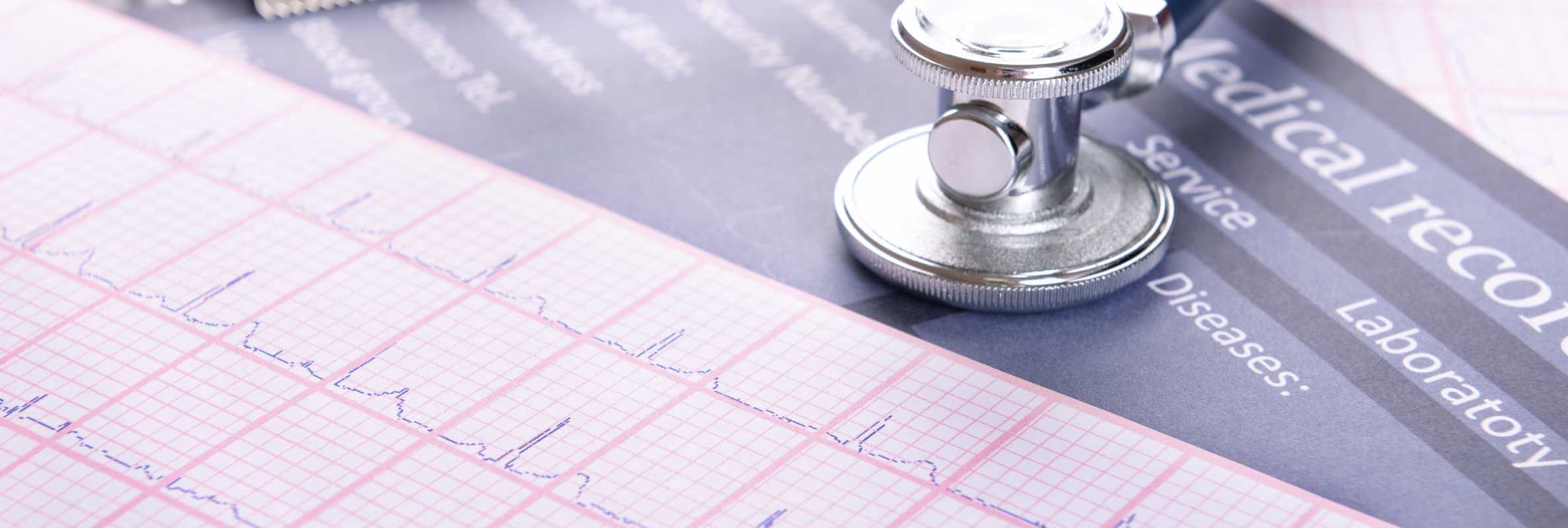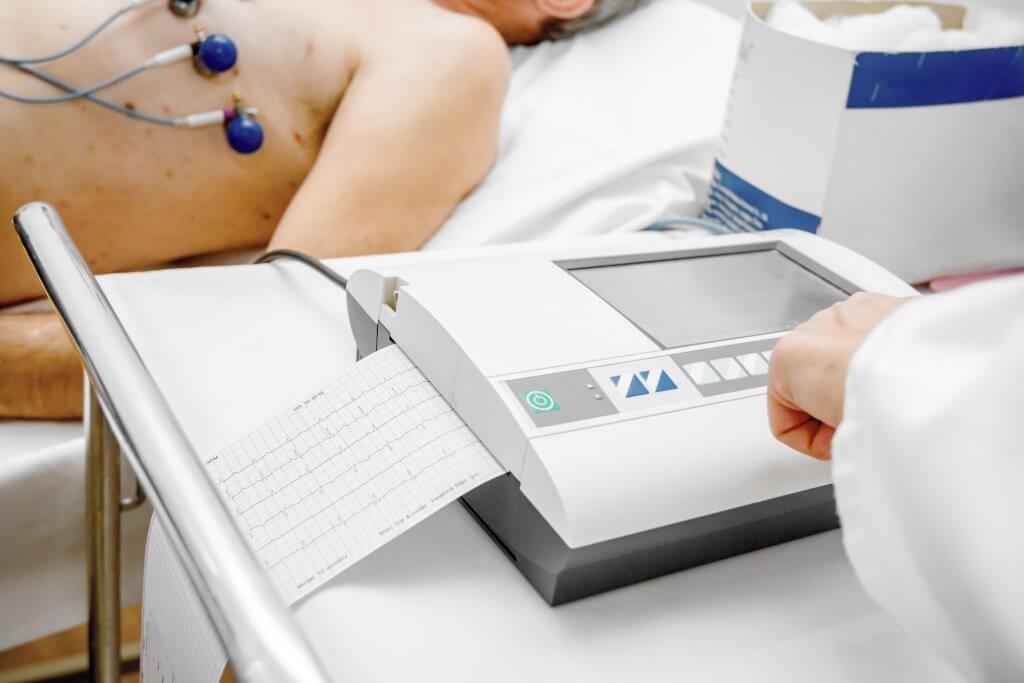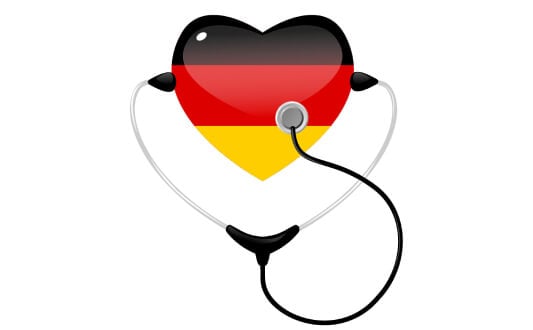Arrhythmias are a group of conditions that affect the generation or conduction of electrical impulses. Many arrhythmias are dangerous because they may cause blood clots in the heart and attacks of dizziness with a possible loss of consciousness. This condition may also increase the risk of stroke and lead to sudden cardiac arrest.
Dangerous or symptomatic arrhythmias can be treated with drug therapy. However, most drugs are toxic and cannot be used for years. Therefore, the primary treatment methods for arrhythmias are considered the following interventional procedures: ablation (the destruction of "unnecessary" areas of the conducting system) and placement of pacemakers or implantable cardioverter-defibrillators. These procedures provide patients with a stable therapeutic outcome. We will tell you about new treatment methods for arrhythmia that are used in European clinics.
Content
- PVAC® catheter ablation
- Cryoballoon ablation using the CARTO 3 mapping system
- Pulsed field ablation (PFA)
PVAC® catheter ablation
Atrial fibrillation is the most common arrhythmia in the world. Most catheter procedures are performed for this condition. Patients may not feel atrial fibrillation, but if left untreated, blood stagnates in the atria and blood clots form, which may cause serious complications. In addition, atrial fibrillation can progress to ventricular fibrillation, which significantly increases the risk of death if it occurs outside of a medical facility.
In the United States alone, 450,000 catheter ablations are performed annually for atrial fibrillation. The main goal of this procedure is to separate (isolate) the pulmonary veins from the left atrium to block the conduction of electrical impulses between these areas. Although the treatment is invasive, it does not involve open surgery with a thoracotomy. An incision in the groin through which a catheter will be delivered to the heart through blood vessels is sufficient.
Doctors at the Catholic Clinic Koblenz-Montabaur use the second-generation PVAC Gold, a multi-electrode pulmonary vein ablation catheter. It allows for performing both focal and linear lesions to eliminate atrial fibrillation through the isolation of pulmonary veins (PVI).
The new PVAC Gold catheter has the following benefits:
- Stable positioning even in complex anatomical cases (this lowers the risk of technical failure in cases of catheter ablation procedures)
- Precise temperature measurement at the electrode-tissue boundary for providing a high safety of procedure
- Successful ablation regardless of the cardiac blood flow (due to the thermally conductive properties of gold)
Doctors perform mapping, ablation, and pulmonary vein isolation checking with a single catheter, thereby reducing procedure time.
Cryoballoon ablation using the CARTO 3 mapping system
Cryoballoon cardiac ablation is a new procedure for the treatment of atrial fibrillation that has been recommended by the European Society of Cardiology (ESC) since 2016. The treatment method is similar: the results ensure isolation of the pulmonary veins. Only during the cryoballoon ablation procedure is tissue destruction achieved through intense cooling rather than heating.
A cryoballoon catheter is inserted into the left atrium. It is inflated in the area of the pulmonary vein entrance. A refrigerant is then injected inside. It freezes the tissues, which, upon thawing, die and form a scar. As scar tissue cannot conduct electrical impulses, cryoballoon ablation isolates the pulmonary veins from the left atrium and stops the circulation of pathological impulses.
Any ablative procedure requires mapping – the creation of an electroanatomical map of the heart. Doctors need to understand how impulses flow in the heart to identify the sites where they should be interrupted. It is also necessary to control the location of the ablation catheter during the procedure.
The Catholic Clinic Koblenz-Montabaur uses the CARTO 3 system for navigation (mapping). The CARTO® 3 system creates a 3D map in real time while indicating the exact location and direction of the catheter, which helps to control the catheter's contact force. Considering how much the CARTO 3 system costs, its use may make the treatment procedure a little more expensive. However, it allows for ablation to be performed much faster, safer, and with a higher probability of success. Prior to the development of the first CARTO systems, physicians had to take X-rays to determine catheter positioning.
Pulsed field ablation (PFA)
Ablation is usually performed using electrical energy or tissue freezing (cryoablation). However, a third option has recently emerged, namely pulsed field ablation (PFA). The main advantage of the new technology is safety.
Ablation is achieved through non-thermal electric pulses. Tissues are neither heated nor cooled, which ensures a more selective effect on the target areas.
Cell damage is achieved through irreversible electroporation. This is an increase in membrane permeability under the influence of a strong electric field.
It is expected that pulsed field ablation will gradually replace radiofrequency ablation due to a lower risk of complications. But so far this procedure is used only by advanced specialized hospitals in Germany and other developed countries. If you are interested in undergoing this procedure for the treatment of atrial fibrillation, you can contact the Alfried Krupp Hospital in Essen-Ruettenscheid.
This treatment method is new, but it is considered very promising, so many of the world's leading medical device manufacturers have already created catheters for pulsed field ablation and are conducting clinical trials. Currently, the two most commonly used devices are Watchman Flx (Boston Scientific) and Amulet (Abbott). Medtronic and Acutus Medical have also developed their own catheters for pulsed-field ablation.
If you want to benefit from all the arrhythmia treatment advancements, you can undergo your treatment in Germany. On the Booking Health website, you can find out prices, select the best hospital, and make an appointment for your treatment. The cost of services will be more favorable for you due to the absence of additional fees for foreign patients. The Booking Health specialists will help you select the most suitable medical center and arrange your trip.
Choose treatment abroad and you will for sure get the best results!
Authors:
The article was edited by medical experts, board certified doctors Dr. Nadezhda Ivanisova and Dr. Vadim Zhiliuk. For the treatment of the conditions referred to in the article, you must consult a doctor; the information in the article is not intended for self-medication!
Our editorial policy, which details our commitment to accuracy and transparency, is available here. Click this link to review our policies.
Sources:
Read:
Cardiac surgery in Germany: coronary artery bypass grafting (CABG)
Coronary artery bypass grafting – what you should know
Don't know where to start?
Contact Booking Health







